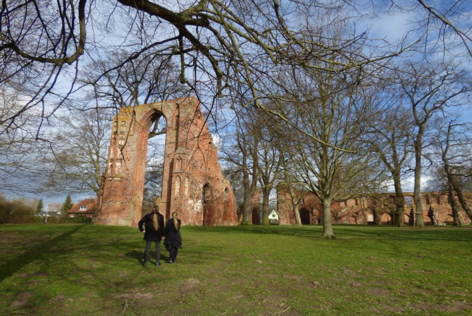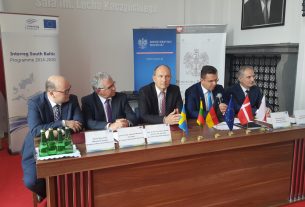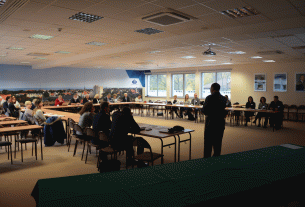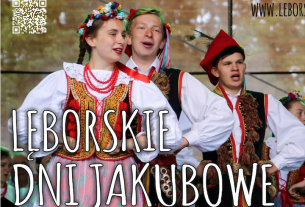LOCATION
In the Middle Ages, the eastern part of West Pomerania was the heart of the Duchy of Pomerania. It was in Greifswald that the first university by the Baltic Sea was founded, and a few generations of Pomeranian princes used to reside in the no longer existent castle in Wolgast. Rich religious life was transformed due to the Reformation and acceptance of Luther’s teachings by Pomerania in 1534. The loss of independence suffered by the Duchy of Pomerania and two major wars, the Thirty Years’ War in the 17th century and World War II, hit the neighbourhood extremely hard. Yet, it has been the poorest and least populated part of Germany since the collapse of the GDR a quarter of a century ago. Nevertheless, each tourist may admire beautiful monuments and picturesque landscapes. Greifswald (54°06′N 13°23′E) is the biggest town of the area.


photo source: own photos.
SIGHTSEEING
All the selected places are situated along seaside routes from Greifswald to Uznam Island. Krummin, the farthest of them, is almost 40 km away. Car is the most convenient means of transport. Parking in the centre of Greifswald and Wolgast is payable. A convenient car park is also present in next to the ruins in Eldena. Greifswald and Wolgast are connected by a railway line and coastal cycling trail. Most of the scared buildings are available during the day (usually from 9 am to 5 pm). However, there may be a necessity to notify the intention to visit St Mary’s Church in Greifswald and St Peter’s Church in Wolgast in the pastor’s office, asking him to open the church. The admission to Greifswald Pommersches Landesmuseum is against an entrance fee.
ATTRACTIONS
Greifswaldis a beautifully preserved harbour and university town with Gothic St Nicholas’ and St Mary’s Churches. Within the area of the former Franciscan monastery there is the Pomeranian State Museum (Pommersches Landesmuseum) offering a rich exhibition concerning the history of Pomerania and its religious transformations. In Eldena, the eastern neighbour of the town you can admire the ruins of a Cistercian Abbey which is also a necropolis of Pomeranian Princes. Eldena was made famous by German romanticists and painter Caspar Friedrich. The centre of Wolgast, the former seat of the princes, boasts imposing Gothic St Peter’s Church with Renaissance furnishings, the princely crypt and Gothic polychromes. A collection of 16thcentury allegoric paintings devoted to danse macabre has also been retained here. Octagonal Gothic St Gertrud’s Church is situated in the former suburb (present day cemetery area). In the Middle Ages, small Krumminsituated by the backwaters of the Peene River used to be the seat of the Monastery of Cistercian Nuns and the Sanctuary of St Mechtilde. At present, little St Michael’s church gathers a small group of local Lutherans.
INFORMATION SOURCES
Heritage Class: [ C ]Cultural Heritage
Subclass [SR] :BLUE and GREEN believes and religions
WEB PAGES
https://www.kreis-vg.de/Tourismus
https://www.dom-greifswald.de/startseite.html
http://www.marien-greifswald.de






